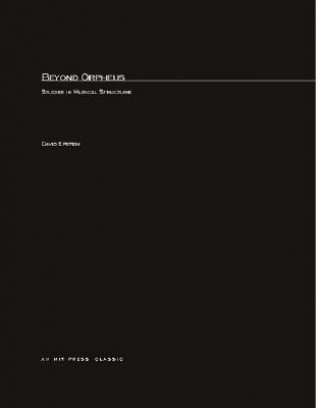
Code: 04562159
Beyond Orpheus
by David Epstein
Beyond Orpheus is a study of the elements of musical structure and the ways they provide unity, coherence and uniqueness in classic-romantic music. The book rests in part upon Arnold Schoenberg's concept of Grundgestalt, or Basic ... more
- Language:
 English
English - Binding: Paperback
- Number of pages: 258
Publisher: MIT Press Ltd, 2004
- More about this

46.55 €
Availability:
50/50 We think title might be available. Upon your order we will do our best to get it within 6 weeks.
We think title might be available. Upon your order we will do our best to get it within 6 weeks.We search the world
You might also like
-

CH-Pi Interaction - Evidence, Nature and Consequences
268.81 € -

Ice Rink Rookie
21.50 € -20 % -

Cilia
40.87 € -

Function/Architecture Optimization and Co-Design of Embedded Systems
121.82 € -
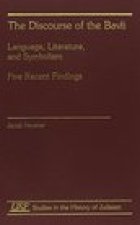
Discourse of the Bavli
96.87 € -

Black Hole Astrophysics 2002, Proceedings Of The Sixth Apctp Winter School
187.36 € -

Managing Core Public Services
79.22 € -18 % -

Contemporary Issues In Lung Cancer
208.56 € -

Normal
15.21 € -18 % -
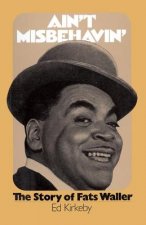
Ain't Misbehaving
28.39 € -
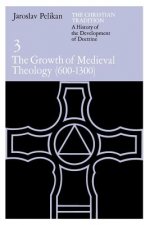
Christian Tradition: A History of the Development of Doctrine, Volume 3
21.60 € -22 % -
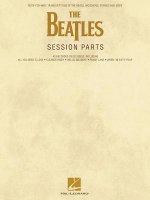
Beatles
17.64 € -17 % -

Control + Shift + Enter
26.77 € -13 % -

Deti v kuchyni
3.95 € -29 %
Give this book as a present today
- Order book and choose Gift Order.
- We will send you book gift voucher at once. You can give it out to anyone.
- Book will be send to donee, nothing more to care about.
Availability alert
Enter your e-mail address and once book will be available,
we will send you a message. It's that simple.
More about Beyond Orpheus
You get 116 loyalty points
 Book synopsis
Book synopsis
Beyond Orpheus is a study of the elements of musical structure and the ways they provide unity, coherence and uniqueness in classic-romantic music. The book rests in part upon Arnold Schoenberg's concept of Grundgestalt, or Basic Shape, as the singular germinal source from which all aspects of a musical work arise. Though Schoeberg based his philosophy of composition upon this idea, he discussed it explicitly in his writings only minimally.Beyond Orpheus clarifies and illuminates the concept, drawing from the writings of Stoenberg and those of his circle. It traces the development of the concept from the music of Mozart, Haydn, Beethoven, Brahms, and others, through the ultimate extension of certain of its systematic principles in twelve-tone music and total serialism. In the light of this continuous line of thought from the Viennese classics through the present, the question is asked whether aspects of total serialism are themselves found in classical music. In other words, do works of the eighteenth and nineteenth centuries arise from basic shapes that influence their structure not only with regard to thematic unities of pitch and rhythm, but also with regard to harmonies, tonal plans, and secondary qualities of phrasing, inflection, articulations, dynamics, timbres--in short, in their total compositional and structural character?The author concludes that they do, to a much greater degree than is generally recognized. He marshals extensive examples and analyses literature to demonstrate the point. The question of norms arises in this discussion, particularly those standard norms of harmony, tonal plan, metric and rhythmic placement, and conventional formal procedures that largely mold classic-romantic music.The author shows that shapes intrinsic to individual works provide a structural rationale for the seeming anomalies at times found in the musical behavior of these works, for their departure, that is, from the norms of convention, create their own norms and extend them to many parameters: it is these intrinsic norms that provide the unique character of the works, and special bases for their coherence and unity.The author's conclusions are illustrated and illuminated by the numerous excerpts from scores by Haydn, Mozart, Beethoven, Schubert, Schumann, Brahms, Schoenberg, and other composers.
 Book details
Book details
Book category Books in English The arts Music Theory of music & musicology
46.55 €
- Full title: Beyond Orpheus
- Subtitle: Studies in Musical Structure
- Author: David Epstein
- Language:
 English
English - Binding: Paperback
- Number of pages: 258
- EAN: 9780262550543
- ISBN: 0262550547
- ID: 04562159
- Publisher: MIT Press Ltd
- Weight: 744 g
- Dimensions: 280 × 215 × 25 mm
- Date of publishing: 23. July 2004
Trending among others
-

How Music Works
18.35 € -

The Way I Am
24.34 € -16 % -
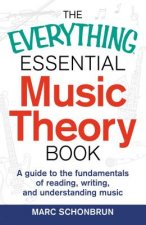
Everything Essential Music Theory Book
11.25 € -31 % -

Fundamentals of Musical Composition
17.34 € -28 % -
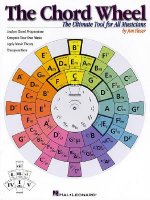
The Chord Wheel
19.26 € -8 % -

This is Your Brain on Music
10.13 € -29 % -

Oxford Handbook of Music Therapy
62.17 € -
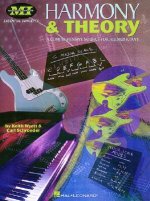
Harmony and Theory
25.96 € -

Musicophilia
11.35 € -23 % -

Music Theory in Practice, Grade 1
8.92 € -18 % -

Harmonic Experience
50.10 € -1 % -

Guide to the Practical Study of Harmony
18.15 € -
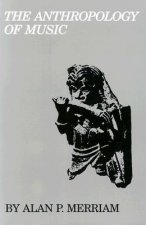
Anthropology of Music
31.84 € -

Complete Self-Study Course for All Musicians
32.45 € -29 % -

Electronic Projects for Musicians
28.29 € -16 % -

Aesthetics of Music
63.29 € -

Psychology for Musicians
59.74 € -
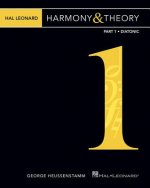
Hal Leonard Harmony & Theory - Part 1
32.76 € -19 % -

AB Guide to Music Theory, Part I
9.32 € -14 % -

AB Guide to Music Theory, Part II
12.87 € -15 % -

Music Theory in Practice, Grade 3
10.44 € -15 % -
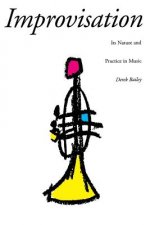
Improvisation
14.50 € -16 % -

Melody in Songwriting
23.73 € -23 % -

Study of Counterpoint
18.96 € -10 % -

Principles of Orchestration
22 € -28 % -

Songwriting Essential Guide to Lyric Form and Structure
19.47 € -19 % -

How Equal Temperament Ruined Harmony (and Why You Should Care)
15.10 € -17 % -
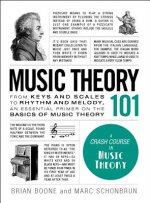
Music Theory 101
13.08 € -28 % -

Theory of Music Workbook Grade 3 (2007)
10.95 € -19 % -

Sweet Anticipation
36.31 € -11 % -
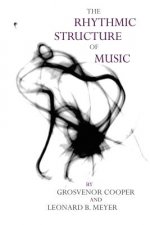
Rhythmic Structure of Music
40.57 € -

Music, Physics and Engineering
14.50 € -20 % -

Guitar Fretboard Workbook
23.42 € -10 % -

Theory of Music Analysis
45.84 € -9 % -

Carl Czerny
9.12 € -19 % -

Into the Maelstrom: Music, Improvisation and the Dream of Freedom
28.19 € -21 % -

Tipbook Music on Paper
23.32 € -

Counterpoint in Composition
59.84 € -5 % -

Acoustical Foundations of Music
50.71 € -

Turned Inside Out
22.61 € -9 % -

Mars by 1980
17.54 € -18 % -

Symphony No.4 in G - Soprano/Orchestra
12.57 € -

Workbook
55.78 € -

Foundations of Modern Harmony
69.68 € -
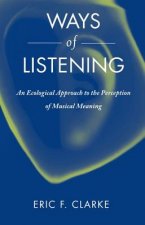
Ways of Listening
56.29 € -

Music Theory in Practice, Grade 2
10.84 € -15 % -
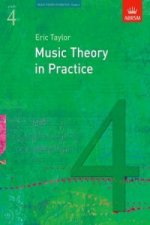
Music Theory in Practice, Grade 4
11.05 € -14 % -

Music Theory in Practice, Grade 5
11.66 € -15 % -

How Music Works
13.38 € -28 %
Collection points Bratislava a 2642 dalších
Copyright ©2008-24 najlacnejsie-knihy.sk All rights reservedPrivacyCookies


 15549 collection points
15549 collection points Delivery 2.99 €
Delivery 2.99 € 02/210 210 99 (8-15.30h)
02/210 210 99 (8-15.30h)